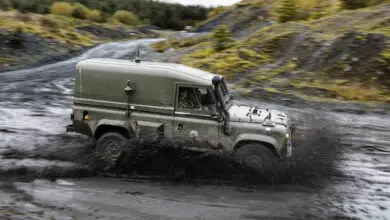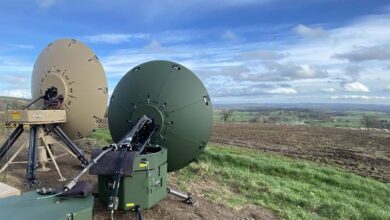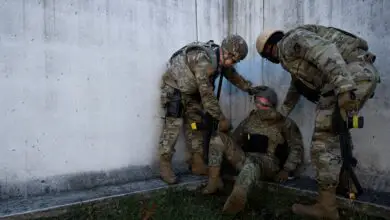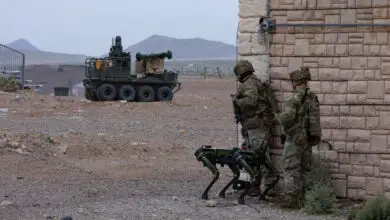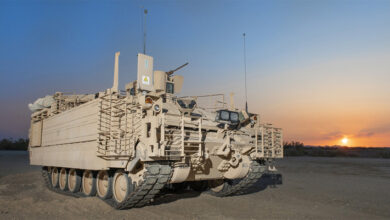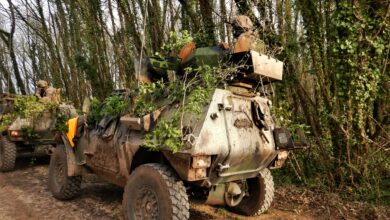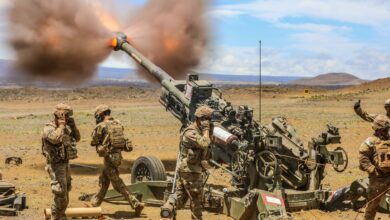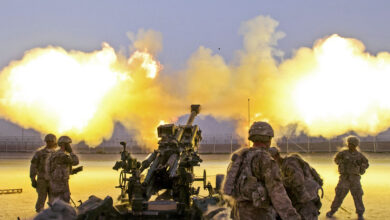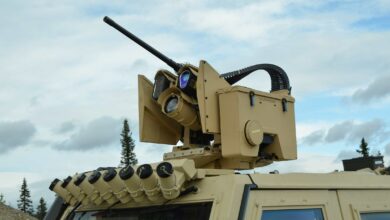The US Army’s 82nd Airborne Division has deployed its first batch of new Infantry Squad Vehicles (ISV) in the wake of negative reviews.
A total of 59 ISVs were handed over to the division’s first brigade, while an additional 59 vehicles are scheduled for delivery to the 101st Airborne Division in June.
Developed by GM Defense, the ISV is a lightweight, all-terrain troop carrier based on the Chevrolet Colorado ZR2 design.
It can carry a payload of 3,200 pounds (1,451 kilograms), including nine soldiers.
In a contract signed in 2020, it was stated that the US Army planned to purchase 165 ISVs in 2023 and 183 in 2024.
According to GM Defense President Steve duMont, the company is prepared to go into full-rate production of ISVs for the US Army and other international customers.
“We have the ability to put multiple lines into our Concord facility to potentially double and maybe even triple,” he told Breaking Defense.

Controversy
Earlier this year, the US Army’s Operational Testing and Evaluation (OT&E) arm released a scathing assessment of the much-hyped ISVs.
It said that the vehicle is “not operationally effective” for combat missions against near-peer threats.
The assessment indicated that while the ISV serves as a capable troop carrier under standard conditions, it lacks adequate force protection and communications capabilities.
During a trial, the squad vehicle reportedly could not avoid enemy detection, ambush, or engagements on most of its missions.
Response
Steve Herrick from the army office responsible for the production of the ISVs defended the multimillion-dollar program, saying that the vehicle is not designed for combat operations in the first place.
“The ISV is not designed to defeat or counter specific threats nor is it intended to operate as a combat fighting platform,” he said. “The primary role of the ISV is as a troop carrier to provide ground mobility to designated Infantry rifles squads reducing their need to cover large areas of terrain on foot.”
He further stated that the inclusion of armor or an extra layer of protection on the ISV is not part of the original requirements since it is intended to disengage or avoid threats.
Herrick said that the US Army is already addressing other issues mentioned in the report, including engine cracks and loss of steering.



